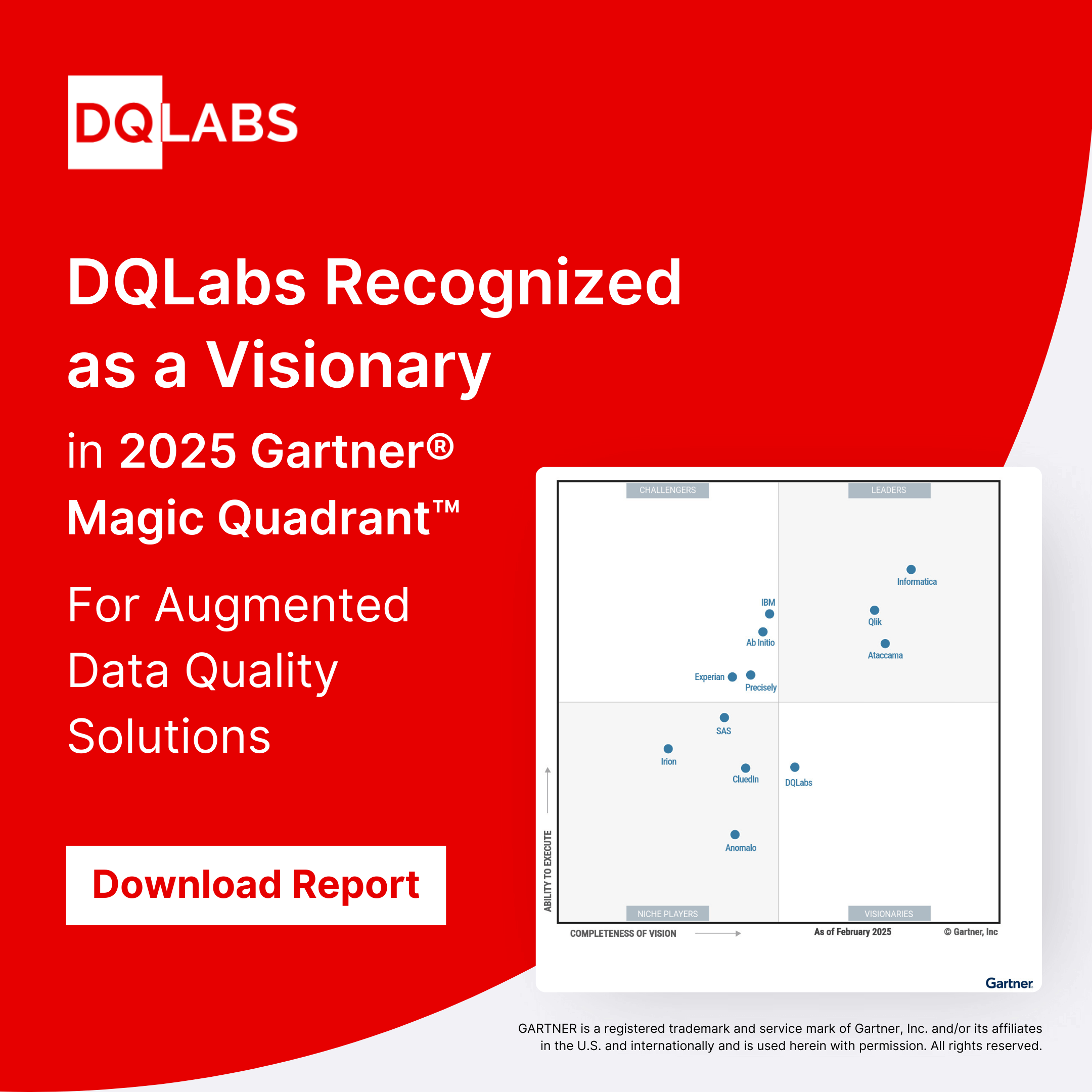Modern-day systems are fast transforming into complex, open-source, cloud-native microservices running on Kubernetes clusters. What’s more, they are being developed and deployed at lightning speed by distributed teams. With DevOps, progressive delivery, and agile development, the whole software delivery process is faster than ever before. When working on these complex, distributed systems, identifying a broken link in the chain can be near impossible. And with the explosion of microservices architectures, every member of your software team must understand, analyze, and troubleshoot application areas they don’t necessarily own.
Building “better” applications is not the solution. Nothing is perfect. Everything fails at one point or another, whether due to code bugs, infrastructure overload, or changes in end-user behaviour. The best thing developers can do is create software that is easier to fix when the inevitable occurs. The problem is many developers cannot predict all of their software’s failure modes in advance. Often, there are too many possibilities, some of which are genuine unknown unknowns. You cannot fix the problem because it doesn’t even exist yet.
Conventional monitoring can’t remedy this issue. It can only track known unknowns. Following known KPIs is only as valuable as the KPIs themselves. And, sometimes, you track KPIs that are utterly irrelevant to the problem occurring. It all boils down to this: Your monitoring is only as effective and valuable as your system is monitorable. Observability is how you approach the monitor-able-ness of a system.
So, what is Data observability?
Data observability is based on the concept of observability which is a concept from the DevOps world. The data world has been evolving very quickly. The increase in organizations moving from monolith to a microservice architecture has led to the rise of DevOps, which are teams that help have a constant pulse on the health of their systems and make sure that all the applications and infrastructure are up and running. This development has led to the idea of observability. Observability can be defined as the holistic view that includes monitoring, tracking, and triaging incidents to prevent downtime of the systems. Our webinar on Data Observability / DataOps using AI helps to learn what is DataOps; why do you need it and how to use AI for various use cases around DataOps / Data Observability.
While application observability is centred on three central pillars (metrics, logs, and traces), data engineers can refer to the five pillars of data observability. These include;
Freshness
Data pipelines can break for a million different reasons, but one of the primary culprits is a freshness issue. Freshness is the notion of “is my data up-to-date? What is its recency? Are there gaps in time when the data has not been updated and do I need to know about that?” among many other questions.
Distribution
The second pillar focuses on distribution, which relates to your data assets’ field-level health. Null values are one metric that helps us understand distribution at the field level. For example, if you typically expect a specific percent invalid rate for a particular field and then suddenly spikes up in a very significant way, you may have a distribution issue on your hands. In addition to null values, other measurements of a distribution change include abnormal representation of expected values in a data asset.
Volume
Volume refers to the amount of data in a file or database and is one of the most critical measurements for whether your data intake meets expected thresholds. Volume refers to the completeness of your data tables and offers insights into the health of your data sources. If 200 million rows suddenly turn into 5 million, you should know.
Schema
Schema is a structure described in a formal language as supported by a database management system. Often we find that schema changes are the culprits of data downtime incidents. Fields are added or removed, changed, etc., tables are removed or not loaded correctly, etc. So auditing or having a solid audit of your schema is an excellent way to think about the health of your data as part of this Data Observability framework.
Lineage
Lineage helps us tell a story about the health of your data; for instance, upstream, there was a schema change that resulted in a table downstream that had a freshness problem that results in another table downstream that had a distribution problem that resulted in a wonky report the marketing team is using to make data-driven decisions about their product.
Benefits of Observability
Observability is a growing trend in the DevOps software development methodology due to its many benefits. This is because it enables to;
● Collect, explore, alert, and correlate all telemetry data types
● Accelerate time to market
● Ensure uptime and performance
● Troubleshoot and resolve issues faster
● Gain greater operating efficiency and produce high-quality software at scale
● Understand the real-time fluctuations of your digital business performance
● Optimize investments
● Build a culture of innovation
Conclusion
Observability is a new practice and critical competency in an ever-changing big data world. Observability complements but goes beyond your monitoring. Analytics stack performances can help you move from monitoring to observability and provide significant ROI. Exploring DQLabs’ Data Quality Monitoring will help you learn how DQLabs uses advanced algorithms to identify data quality issues not just once but continuously. If you want to see DQLabs Monitor in action, Request a demo.
